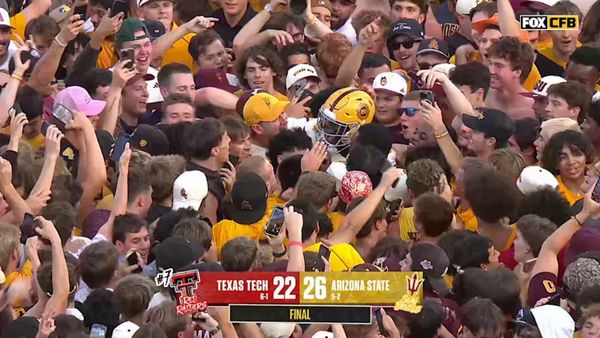If there's one thing that decades of stock market research has shown, it's that a combination of fundamental and technical analysis is the most thorough way to evaluate a stock. Research has also shown that similar technical patterns tend to repeat over and over again.
One of the strongest setups to watch for is the double-bottom base. CME Group formed one in 2005 and broke out powerfully during the week of June 3. Nokia etched a double-bottom base in 1998 and scored a big gain after a breakout in the week ended Oct. 23. So did Cisco Systems in 1990, when shares soared more than 30% during the week of Oct. 19.
The pattern looks like the letter W. The most important feature of the base is that the second bottom of the W, or the second leg down, undercuts the first. It shouldn't be a violent undercut, but enough to shake out the weakest holders. Price action like this often paves the way for a new rally. Avoid patterns that look like a W but don't have the shakeout in the second leg down.
Similar to a cup-with-handle base, the pullbacks will vary in size depending on what the broad market is doing. If indexes pull back 10%, it's common to see double-bottom patterns correct at least 25% to 30%.
Stock Market Pullbacks: What To Look For
Steeper market corrections will see double-bottom bases that correct 40% or 50% or more. The shallower the pullback, the less overhead supply the stock will have to overcome
The buy point is when the stock passes the middle peak of the W after the second pullback. Watch for heavy volume at the breakout. If there's no volume, there are plenty of other instances where the stock forms a handle.
Often the rally continues, but the stock pauses near the high of the left side of the base, then starts to drift lower in light volume. It's perfectly normal to see handles in double-bottom bases, even if the initial breakout occurs in heavy volume. Some handles give initial buyers a chance to add to their position.
More recently, DoorDash started forming a double-bottom base early this year. It broke out with conviction soon after the April 22 follow-through days for the S&P 500 and Nasdaq composite.
The breakout occurred during the week ended May 2, when DoorDash topped a 201.03 entry. Even though the breakout turned tail after DoorDash reported earnings, the pullback allowed the stock to form a handle and give an alternate entry of 207.23. After that, it was an easy hold and rallied 34% to a high of 278.15 on Aug. 7.
Follow Ken Shreve on X @IBD_KShreve for more stock market analysis and insight.







